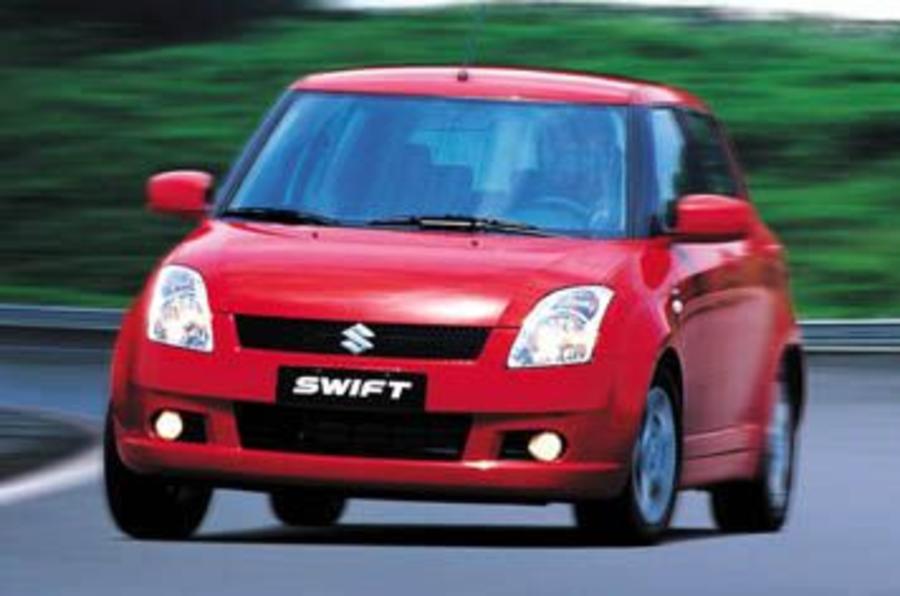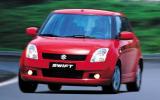Thankfully, the new Suzuki Swift shares only its name with the derisible version that’s just ceased to limp out of showrooms. In fact, the new version is an entirely different and more serious proposition than any other small car from Suzuki.
Why? Because, just like other Japanese car makers, it’s started to set its sights on grabbing the attention of European buyers. So the Swift is the first stab, a striking, finely judged design, more Mini than Japanese mono-box. And it promises to be good to drive as well, with much talk from Suzuki about ‘listening to European enthusiast drivers’ and plenty of testing on our roads.
Suzuki’s current line-up hardly provided the right building blocks to achieve this sort of ambition, so the Swift is a clean-sheet design, built on a newly developed platform with three- and a five-door models on offer. Underneath the cutesy styling, though, it’s a lot less avantgarde, with contemporary (if hardly revolutionary) mechanicals.
Suzuki has adopted torsion beam rear suspension – as is the class norm with cars in the B segment – instead of their usual three-link set-up, and fitted necessary modern safety systems such as electronic brake force distribution and brake assist. Accompanying those active safety systems are twin front airbags, and optional side and curtain airbags. Big-car features such as keyless ignition are also optional.
There’s a choice of three engines: a 65bhp 1.3-litre four-cylinder petrol, a 75bhp 1.5-litre petrol with variable valve timing, and a 1.3-litre turbodiesel with common-rail injection. There are also three gearboxes on offer, with a five-speed manual, robotised five-speed manual and four-speed automatic gearboxes available on selected engines.
Our Japanese-spec test car was a 1.3 petrol model with the four-speed auto transmission, and it had no problem in keeping pace with busy town traffic. The engine revs smoothly through its range and remains refined even when worked hard; pulling through the ’box’s four gears is thankfully not a chore.
The Swift strikes a pleasing balance between decent ride comfort and control, and although the power steering could use a little more feel and precision, the wide track and long wheelbase give it a sure-footed feel. The engine and suspension will be tuned differently for European-spec cars, but it feels strong and secure on the road, and while it’s not especially sporting, it does what you expect of it. The brakes are particularly noteworthy, combining good stopping power with a well-weighted action. The Swift now drives in a manner comparable with its main rivals.
The cabin is a roomy, distinctive place to travel in with an impressive level of quality to its construction. The layout of controls is simple and clear, although some cheap plastics hinder the impressive overall feel. The seats are comfortable and of a good size with plenty of under-thigh support, and room is generous in the back, even if headroom is a little compromised for taller passengers. Only boot space lets the Swift down: at just 213 litres with the seats up, it’s significantly smaller than a Honda Jazz’s 353 litres.
It’s been noticeable that changes have been afoot at Suzuki recently. With the Concept S and concept S2 – shown at the 2002 Paris Motor Show and the 2003 Frankfurt Motor Show respectively – and a large, successful presence in the Junior World Rally Championship with its canary-coloured Ignis rally cars, Suzuki looks like a brand trying to chisel a niche for itself rather than drown in a sea of anonymity. The new Swift proves that it’s also capable of seismic shifts in the way it produces cars.












Add your comment